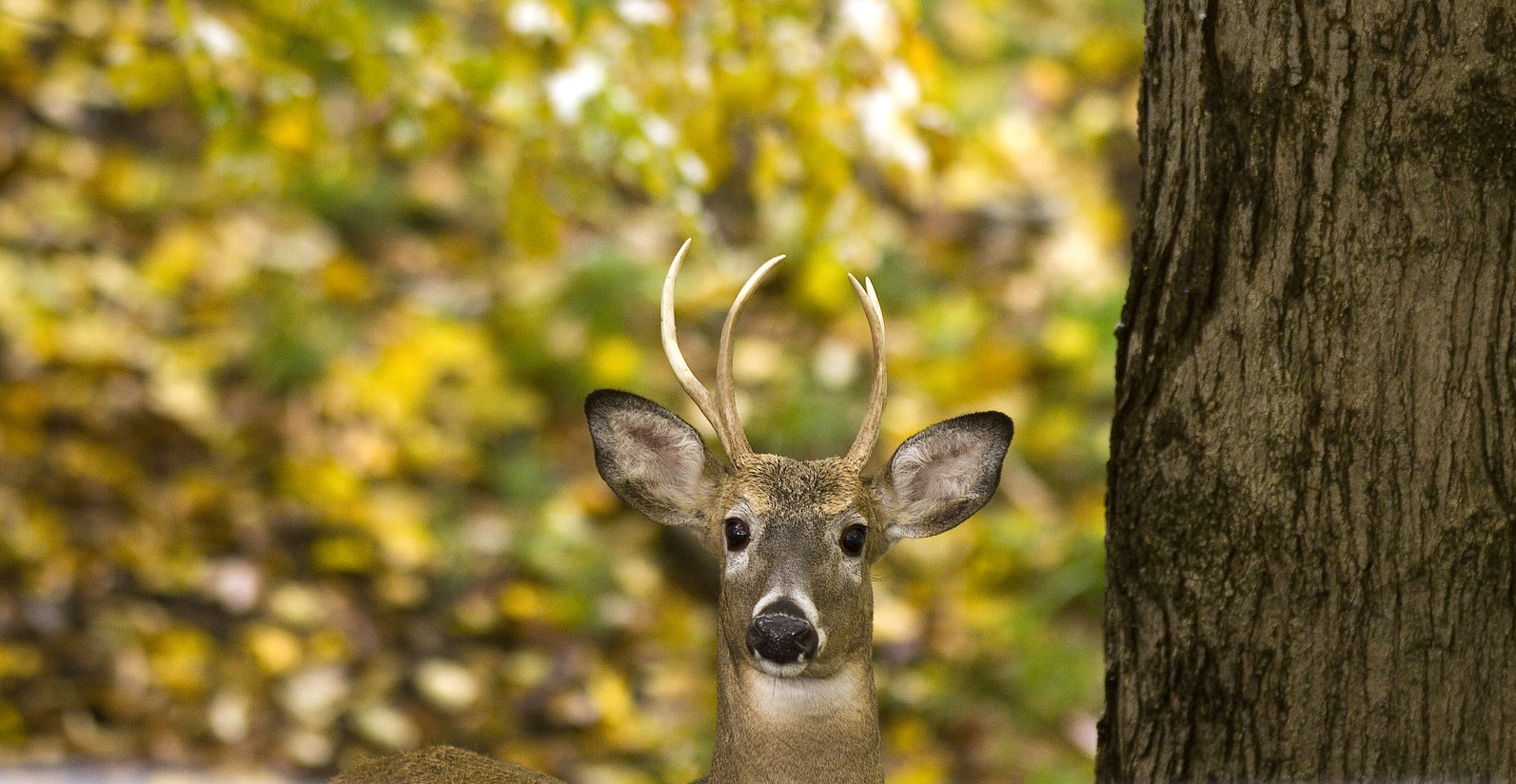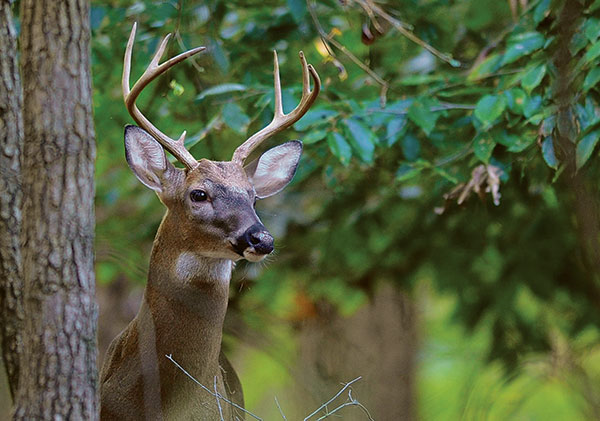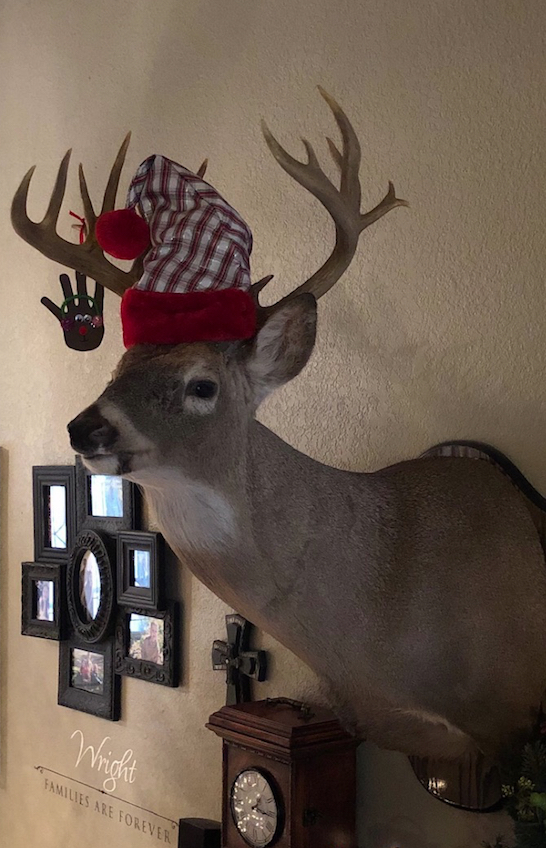The Wyoming Game and Fish Department needs help from hunters this fall to collect lymph node samples from deer and elk for chronic wasting disease (CWD) testing in targeted areas across Wyoming. Hunters are a very important component in helping Game and Fish understand the disease and achieve CWD monitoring goals
Game and Fish is targeting deer hunt areas 17, 18, 23, 26, 34, 61, 74-77, 88, 89, 105, 106, 109, 121, 123, 132, 133, 157, 168 and 171. Elk focus hunt areas include 8, 12, 88-91, 97, 98, 110, 114 and 125.
“We are asking hunters in these areas to please submit a lymph node sample from their harvested deer or elk for testing,” said Scott Edberg, deputy chief of wildlife. “Your efforts will help Game and Fish further understand the impacts of the disease as well as evaluate future management actions for deer and elk.”
Hunters outside of this year’s focused surveillance areas can still submit a sample for testing. Hunters can learn how to take a sample by watching the below video. Hunters can also have animals sampled at any game check station this season or by stopping at the Game and Fish Headquarters or regional offices from 8 a.m. to 5 p.m., Monday through Friday.
Results from CWD testing are available online within three weeks. Hunters can expedite results within 10 working days for a $30 fee; contact the Wyoming State Veterinary Lab in Laramie at (307) 766-9925 for more information.
Continued monitoring of CWD over time is important to help Game and Fish understand the potential impacts of the disease as well as evaluate future management actions for deer and elk.
“This will be a challenge for Game and Fish as collecting samples for valid estimates of prevalence requires large sample sizes in focused areas across the state,” Edberg said.
The Game and Fish Wildlife Health Laboratory has limited testing capacity to monitor CWD across the entire state so focused sampling will rotate hunt areas each year.
Hunters also need to be aware of Wyoming carcass transport rules to prevent the spread of CWD within Wyoming and other states. Wyoming’s regulations require deer, elk and moose hunters transport only the following items within Wyoming:
- Deer, elk and moose can be transported to a camp, private residence for processing, a taxidermist, a processor or a CWD sample collection site in Wyoming provided the head and all portions of the spinal column remain at the site of kill or such parts are disposed in any approved landfill or approved incinerator in Wyoming.
- Cut and wrapped meat
- Edible portions with no portion of the spinal column or head attached
- Cleaned hide without the head attached
- Skull, skull plate or antlers that have been cleaned of all meat and brain tissue
- Teeth
- Finished taxidermy mounts
Whole deer, elk and moose carcasses cannot be transported out of Wyoming. The only parts approved to leave the state are edible portions with no part of the spinal column or head; cleaned hide without the head; skull, skull plate or antlers that have been cleaned of all meat and brain tissue; teeth; or finished taxidermy mounts. All hunters need to check with their home states for the rules about importing deer, elk or moose from Wyoming.
Since 1997, the Wyoming Game and Fish has been monitoring the distribution and prevalence of CWD to better understand how this disease may affect the health of Wyoming’s deer and elk populations. Initial surveillance goals focused on the detection of CWD in new areas of the state along with monitoring the disease. This disease has now been identified in most deer hunt areas across Wyoming and necessitates a shift in focus of the program from detection to monitoring.




